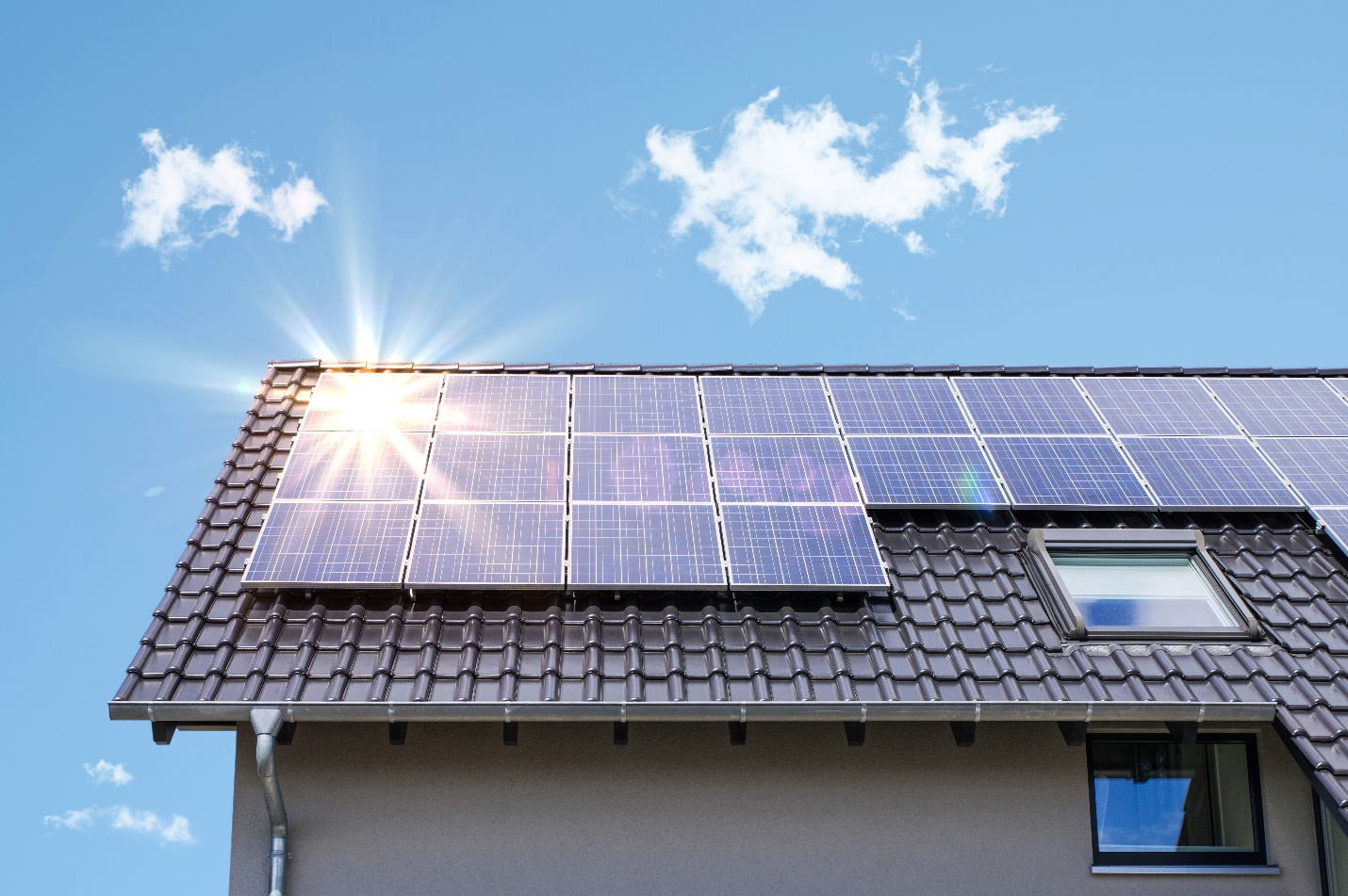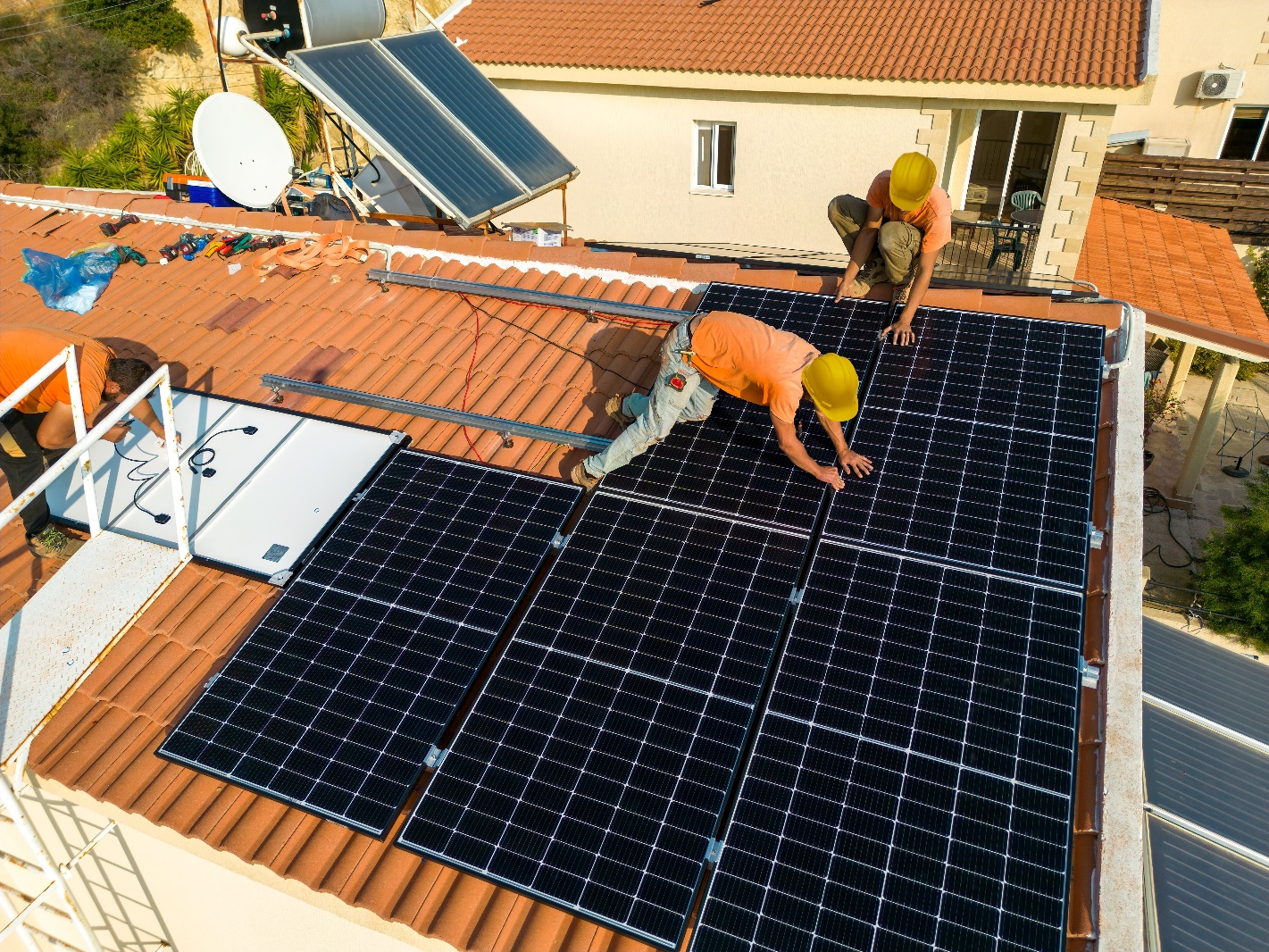There is much more to a home or a commercial solar system than simply what can be seen. There are several components that make up the entire grid connected PV system. The grid connected PV system works on a basic principle. Firstly, the solar panel converts solar energy to direct current and then this power can be stored in a battery or converted to alternating current to effectively run electrical devices at home.
The primary components of grid connected PV system are inverter solutions and solar modules. The other highly essential components of grid connected PV system include isolators, circuit breakers and mounting systems which ultimately allow the whole grid connected PV system to be in balance. It is vital for all these key components of the system to work in a well-optimized way without having to compromise on life expectancy, safety, and performance.
It is imperative that all the key components of grid connected PV system are designed to function optimally without compromising the life expectancy, safety and performance of the solar system as a whole.
Solar Modules
Solar modules are the panels that are responsible for capturing sunlight and then converting it into direct current or direct electricity. This is the basis of any grid-connected PV system. This energy in the form of direct current is then fed to the inverter. A solar panel is made up of PV cells and then framed together. The term solar array is used when a series of modules are combined to form a string.
72 Cell or 144 Cell
The main difference between each of the panels is the size. A 72-cell solar panel has full size solar cells whereas a 144-cell solar panel has half cut solar cells. To cater to these extra cells, the panel must be larger and heavier.
In most cases, using a 144-cell solar panel for residential purposes will be the most cost-effective choice. If you are space restrained, it is always better to go for maximizing your energy yield with the use of a 144-cell module which also helps maximize the roof space available.
The most common types of solar panels for residential purposes today are mono PERC half-cut cell panels. Given the advancements in technology, choosing a grid-connected PV solar system which is not just aesthetically pleasing but cost effective are some considerations that hold immense significance rather than the number of cells in the panel.
Grid-tie Inverters
The grid-tie inverter is a vital component of a grid-connected PV solar system. The solar modules or photovoltaic arrays produce DC current power. However, most household appliances run on AC power. This is where the role of a grid-tie inverter comes in. A grid-tie inverter ensures that the power produced by solar panels leads to the conversion of DC power to AC power. It also then allows this power generated by the PV system to be fed to the grid.
Grid
The grid is a quintessential part of the grid-connected photovoltaic system. It’s more of a type of battery since, it is where the power in excess is sent across and taken back in times of need. It is basically, a type of power backup.

Balance of Grid Connected PV System Equipment
All solar systems require a variety of components other than inverter and PV panels to function well. Collectively, it is referred to as BOS or (Balance of Systems) equipment. This comprises of the following:
- A solar array mounting system that helps secure the PV modules to slanting or mounting structures, for example, a roof.
- Grid Connected PV systems use earthing cable, AC and DC. Modules come with cables wired from a sealed junction on the back side of the module.
- A fuse is a device installed to provide protection against excessive flow of current that can potentially damage conductors. It reduces the risk of overheating of conductors and fire.
- An isolator allows for an equipment to be isolated from power sources and electricity allowing power to be shut down in circuits.
- System monitoring comes with the additional benefit of recording information about the performance of the solar PV system.

Leave a Reply